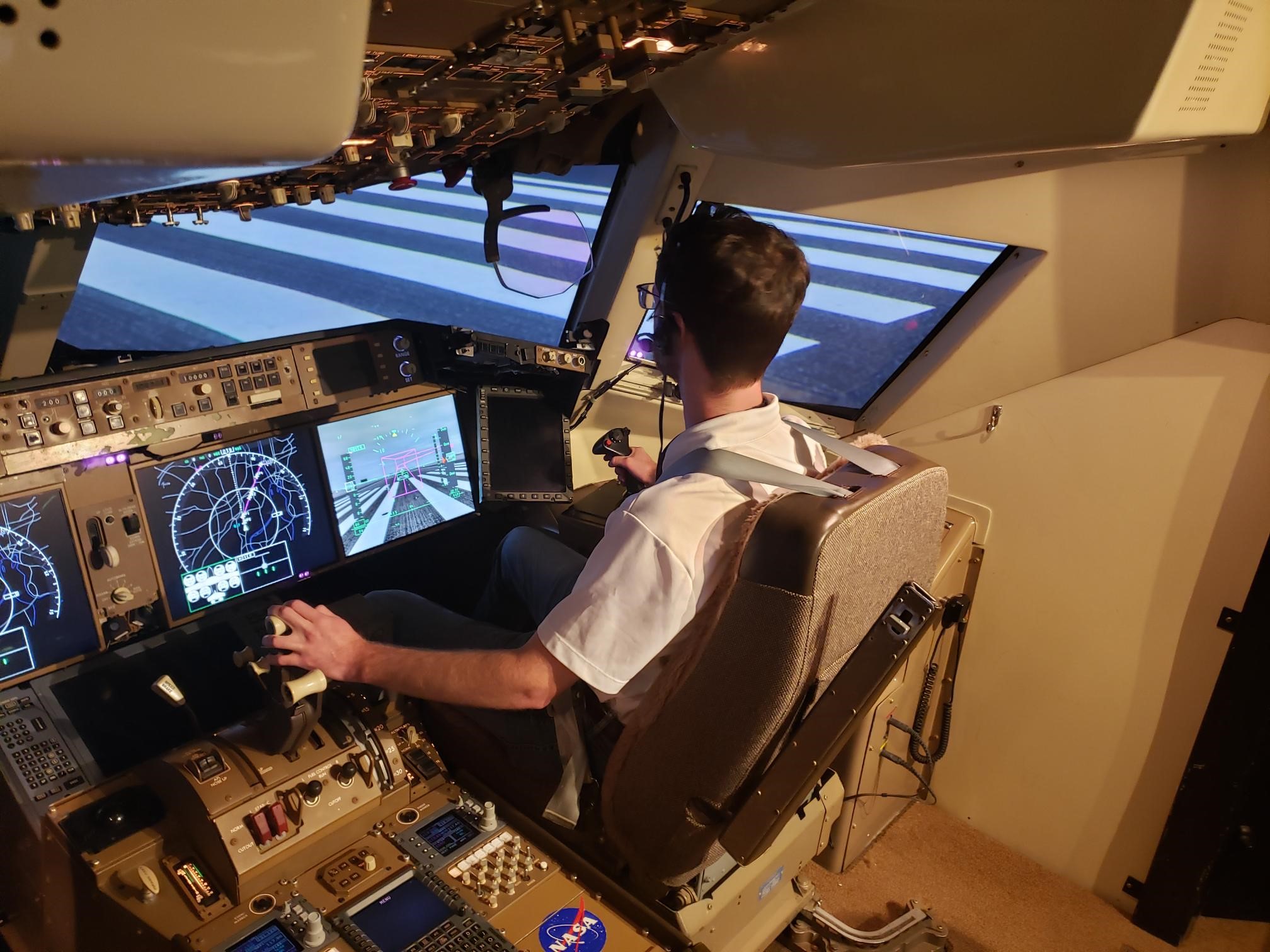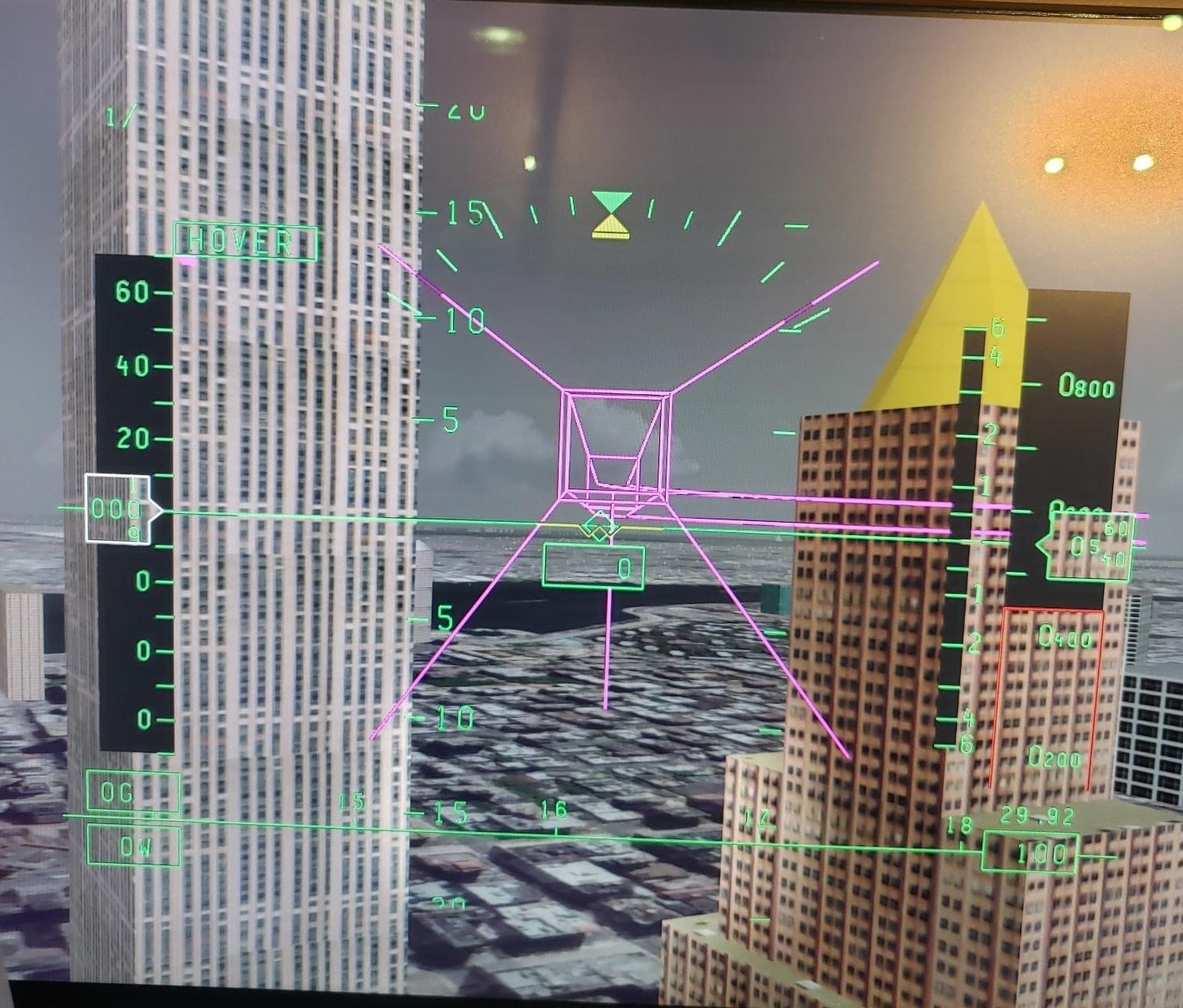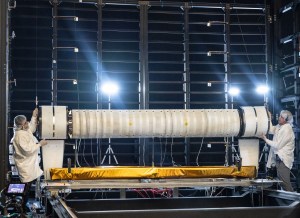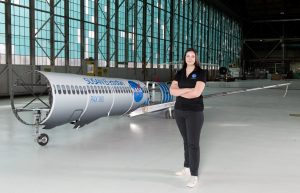City skies in the not-so-distant future will start to come alive as air taxis and drones zip around delivering people and goods faster than ever. Many of these new aircraft in the future sky will have the ability to take off from landing pads on tall buildings and land on another, much like a helicopter, but with the added ability to transition to forward flight like that of an airplane—all while being powered electrically.
These novel electric vertical take-off and landing (eVTOL) aircraft being developed by the aerospace industry are likely to have new features and capabilities enabled by this electric propulsion that have not been previously certified by the Federal Aviation Administration (FAA). Furthermore, these features are likely to be managed through electronic flight controls, known as fly-by-wire, which in many cases have new integrated protections and control functions designed to provide safe and predictable control responses for the pilot throughout the flight of these unique aircraft.
NASA’s Langley Research Center in Hampton, Virginia, and the Adaptive Aerospace Group (AAG) recently completed a round of evaluations and demonstrations for the FAA and the United States Air Force (USAF) using advanced simulators for the Fly-By-Wire Mission Task Element Development and Certification (FlyTEC) study.
“The goal of the effort is to develop candidate flight-test tasks, known as mission task elements (MTE).” said Kenneth Goodrich, deputy project manager for technology for the Advanced Air Mobility (AAM) project. “These MTEs can be used in flight tests and piloted-simulations to assess whether an aircraft’s response to the pilot’s primary control inputs safely meet the intent of the FAA’s certification requirements.”
The MTEs developed were evaluated using an eVTOL simulation model AAG developed that is representative of NASA’s Revolutionary Vertical Lift (RVLT) project’s Lift + Cruise configuration. The flight control concept was developed to make the vertical takeoff and landing part of a VTOL aircraft easier to manage than a conventional helicopter.
NASA Langley and the AAM Project contributed the entry into the Flight Simulation Facilities (FSF) which provide real-time, high-fidelity, full-mission, human-in-the-loop capabilities to replicate the control systems of air and space vehicles as accurately as possible.
“Our mission is to accelerate the development and commercialization of eVTOL aircraft by creating more effective linkages between the vehicle development, certification and operational regulation communities so that operational concerns and considerations can be more effectively identified and integrated into the vehicle certification process,” said Goodrich.
Members of the FAA’s Aircraft Certification, Compliance, and Airworthiness Division defined the goals of the study under an interagency agreement with NASA, and a contract with AAG to develop candidate MTEs and a simulation model, based on a reference configuration developed by NASA’s RVLT project, and the candidate set of MTEs for advanced eVTOL aircraft.
In March, the MTEs developed using the simulation were evaluated by the FAA. Their goal of having a candidate set of MTEs, learning how to apply them and what to look for was met. They also realized the simulation model and facility offered a great opportunity to give the FAA Flight Standards Service (FSS) branch experience with the type of vehicles they are being asked to certify.
FSS personnel visited Langley in May to gain first-hand experience with the high-fidelity simulation of eVTOL aircraft with fly-by-wire implementation while conducting representative flight tasks. The FSS manages several areas of policy critical to the introduction of commercial UAM operations. These areas include pilot training and licensing, flight procedures and operations, and approval and oversight of future air taxi operators who will fly these passenger service aircraft.
NASA and the FAA also invited U.S. Air Force Col. Frederick “Stryker” Haley to Langley Research Center. Haley is developing training syllabi for USAF eVOTL aircraft that can be used for search and rescue, logistics support, and security. Their goal is to enable vehicle piloting by Airmen who aren’t traditional pilots but are enabled by aircraft with sophisticated automation support.
Over the course of the study, nine FAA and five Air Force representatives, including test pilots and policy makers, reviewed the immediate and long-term challenges that increasingly automated eVTOL aircraft present to the agencies. They were then given individual familiarization flights in the simulator. This included an introduction to piloting the aircraft in powered-lift, transition and wing-borne flight modes and conducting basic flight maneuvers and operations. Once their basic flight skills with the eVTOL aircraft were developed, they conducted representative UAM flights in a simulation of the New York City area, including routes between Newark International Airport and heliports situated on rooftops and piers.
In addition to the demonstrations in the FSF, the event also included demonstrations of two portable fixed-based simulators at an offsite location. These simulators, developed by Flight Level Engineering under contracts funded by the FAA and NASA, demonstrated additional eVTOL cockpit concepts and gave participants a broader exposure to both near-term and more futuristic aircraft automation and pilot-vehicle interface concepts.
“These demonstrations directly support the development of a more comprehensive suite of integrated aircraft-automation and pilot-vehicle interface concepts, and supporting system standards, that enable improved AMM operational capabilities,” said Goodrich. “The effort is also helping to simplify the process of becoming a pilot by reducing training time and costs and help make AAM aircraft more accessible.”
The candidate MTEs evaluated in Langley’s simulators will proceed to inform a follow-on study supported by the FAA to be conducted in NASA Ames Research Center’s Vertical Motion Simulator.



































